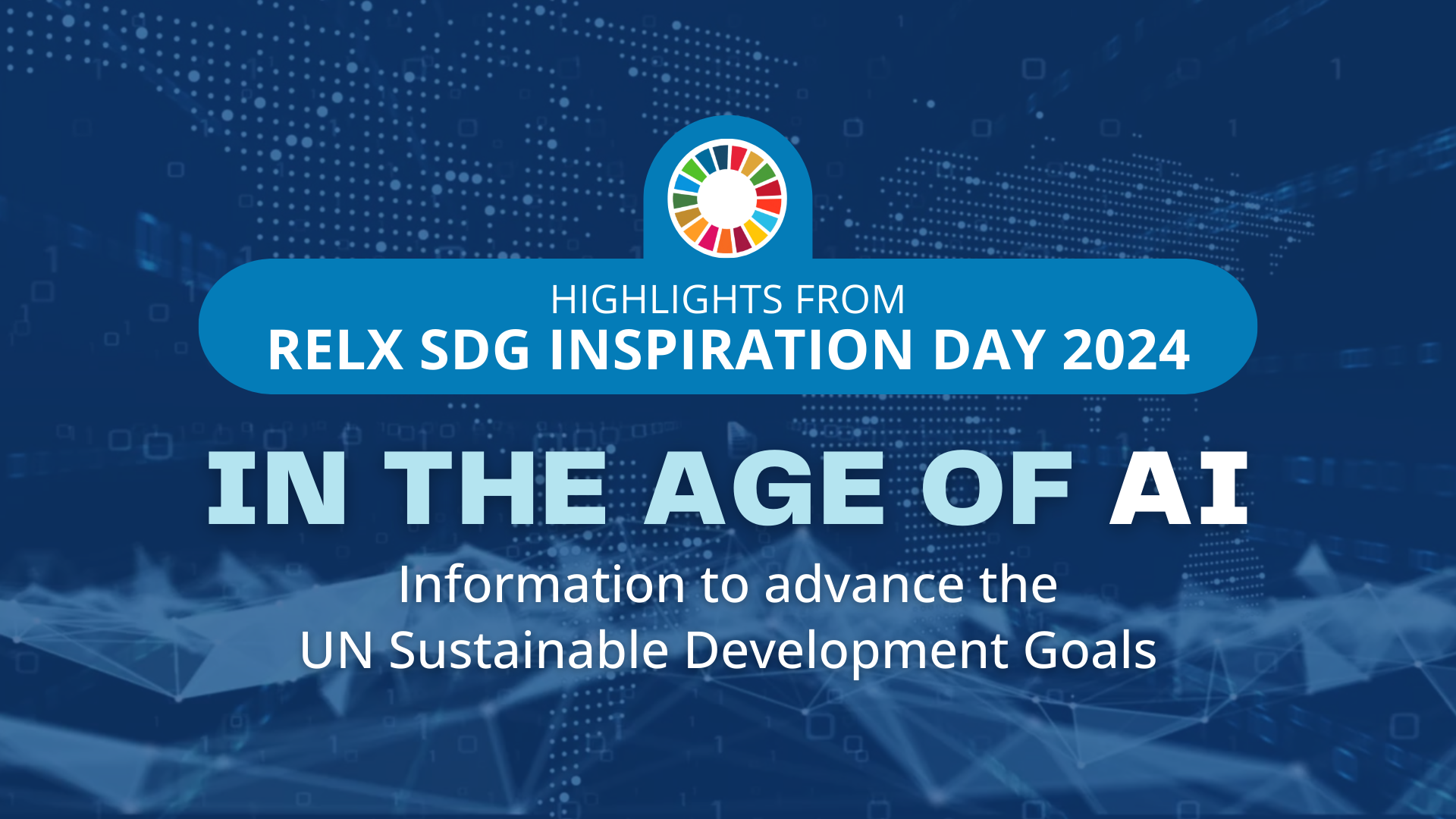More than 1100 people came together virtually on 18 June 2024 for the tenth edition of the RELX SDG Inspiration Day: "In the Age of AI: Information to Advance the UN Sustainable Development Goals (SDGs)." The annual online event brings together thought leaders, corporate representatives, students, investors, governments, and NGOs to explore pressing issues, gain practical insight, and inspire action on the United Nations Sustainable Development Goals (SDGs).
Global Ecology and Conservation, Volume 52, August 2024
Archives of Gerontology and Geriatrics, Volume 123, August 2024
Advances in Nutrition, Volume 15, August 2024
Archives of Gerontology and Geriatrics, Volume 123, August 2024
Behavioural Brain Research, Volume 471, 5 August 2024


